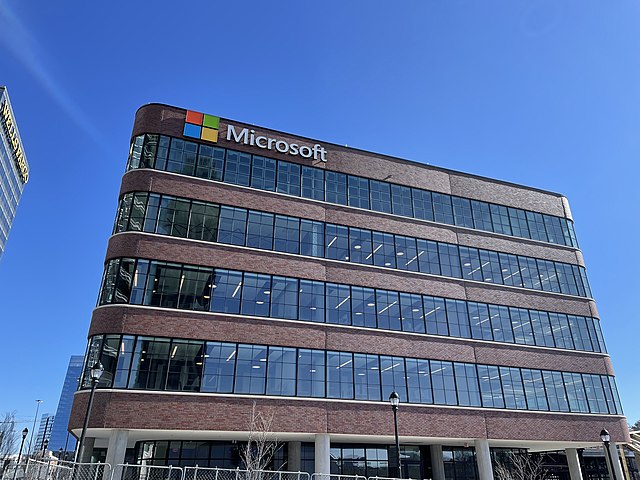Digital mapping specialist TomTom announced on Tuesday its partnership with tech giant Microsoft to develop an innovative artificial intelligence (AI)-powered conversational assistant designed for vehicles. This technology aims to revolutionise the way users interact with their vehicles, providing a natural and seamless voice experience across various functionalities.
The new assistant is set to empower users to engage in natural conversations with their vehicles, opening up possibilities for voice interaction with infotainment systems, location searches, and vehicle command functionalities. Leveraging Microsoft’s advanced services, TomTom utilised the Azure OpenAI Service, designed by ChatGPT maker OpenAI, to develop this voice assistant.
By integrating the voice assistant into automotive infotainment systems, TomTom enhances user experience and facilitates accessibility. Furthermore, the AI-powered assistant has been seamlessly incorporated into TomTom’s Digital Cockpit, an open and modular in-vehicle infotainment platform.
Taco Titulaer, TomTom’s Finance Chief, revealed the company’s strategic focus on generative AI, emphasising their commitment to exploring new opportunities in the field. Titulaer stated in October, “We are investing time and money and people into generative AI.”
This recent development builds upon TomTom’s earlier initiative, as the company had introduced an LLM (Large Language Model) plug-in for ChatGPT in July. This plug-in allowed users of the chatbot to seamlessly plan trips and discover new locations using TomTom’s mapping capabilities.
The collaboration between TomTom and Microsoft dates back to 2016 when the two companies first joined forces to power Azure Maps location services. Over the years, their partnership has evolved, culminating in the creation of this AI-driven conversational assistant that promises to reshape the way users interact with their vehicles.





